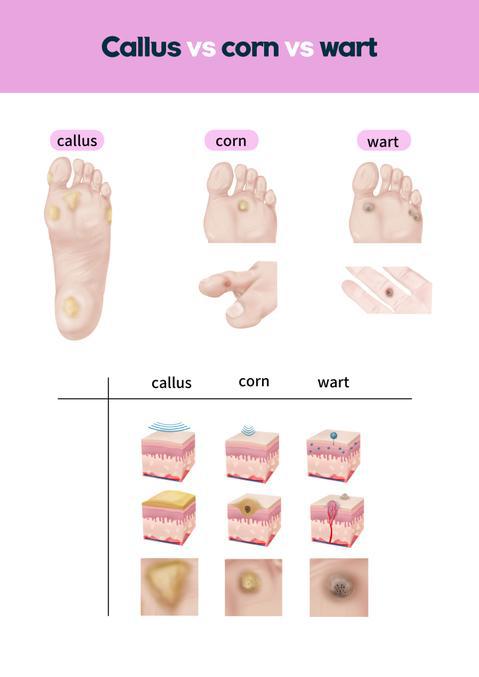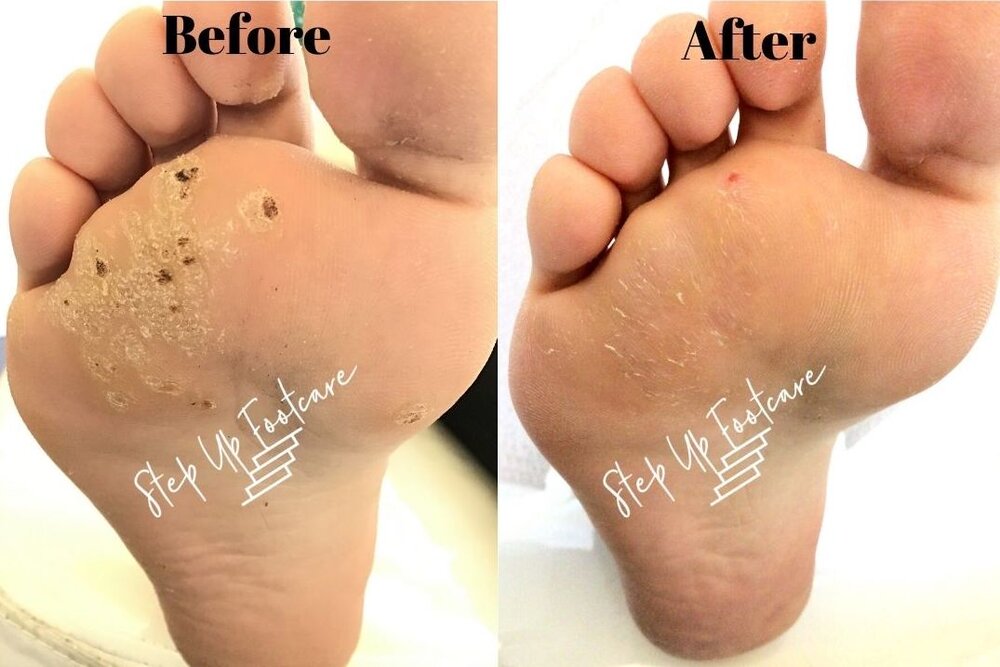
Almost everyone will develop at least one (or more) wart at some point in their life. This is especially true for men and women who are sexually active. What are plantar and palmar wart?
Both plantar and palmar warts (also called “foot pigmentation,” “plantar wart,” “palmar wart,” and “wart”) are benign growths usually caused by an infection of the epidermis. The reason is a specific strain of a viral disease called human papillomavirus or HPV. They are often difficult to spot unless they cause itching or erection problems in men. In this case, you can use the capsule Longex.
Common symptoms include painful blisters, burning, and itching. A person with plantar or palmar warts may notice the bumps turn white as they get larger. These symptoms may persist for several weeks before the wart turns red.
Warts can appear on the sole of the foot, heel, top of the foot, and on the inside of the heel. Warts can appear on any part of the body, but are more common on the feet. Most often, warts appear on the soles of shoes. Warts can also develop on the inside of the feet, usually on the soles of the heels and toes, although they are less common.
Plantar and palmar warts vary in appearance depending on where the art is located. They may look like fleshy black bumps, purple spots or white blisters. The location of a wart determines whether you need to seek medical attention or if you can treat the wart yourself at home. However, it is important to remember that both plantar and palmar warts can spread to other parts of the body.
Plantar warts do not respond well to over-the-counter treatments, such as duct tape, salicylic acid, or hydrogen peroxide. To treat a plantar wart, you can use a topical cream, which should be applied once or twice a day for two weeks. If the wart is larger or spreading, you might need a more effective treatment such as a podophyllum spray or surgical excision.

When you notice a plantar wart on your foot, the best way to get rid of it is to keep your foot clean and dry
This will allow the virus to breakdown more rapidly and destroy the plantar wart without making any scarring. To treat a plantar wart, apply petroleum jelly pad and then wrap the affected area in plastic wrap and place in a freezer for ten minutes to freeze.
If you decide to try a home treatment for your plantar wart, wear loose-fitting sandals or flip-flops. These will keep the area moist so the warts don't stick to your feet. Avoid direct contact with water and wear cotton socks and make sure to change them often.
Keep in mind that a plantar wart cannot be treated by rubbing the affected area. Instead, if you feel any burning, redness or swelling, keep your feet clean and dry, apply a moisturizer and apply an antifungal lotion to help kill the virus. To get rid of a plantar wart that has spread to another portion of the foot, you can apply a podophyllum spray to one area of the plantar wart and repeat the treatment if needed.
If you are unsure whether you should seek medical attention, seek a doctor's advice. They can advise you on the best course of treatment based on your symptoms, their knowledge of your particular condition and how long the symptoms have been occurring.
Some people suffer from a type of foot fungus called tinea pedis, which is more common in children. If you experience these symptoms, see your doctor so that the doctor can prescribe a treatment for your child's foot.
Although there are many over-the-counter and prescription drugs that can help eliminate plantar warts, there are also some simple and common treatments you can try at home. Wearing sandals or flip-flops can help protect the skin on your foot and reduce the chance that the virus spreads to other parts of your body.